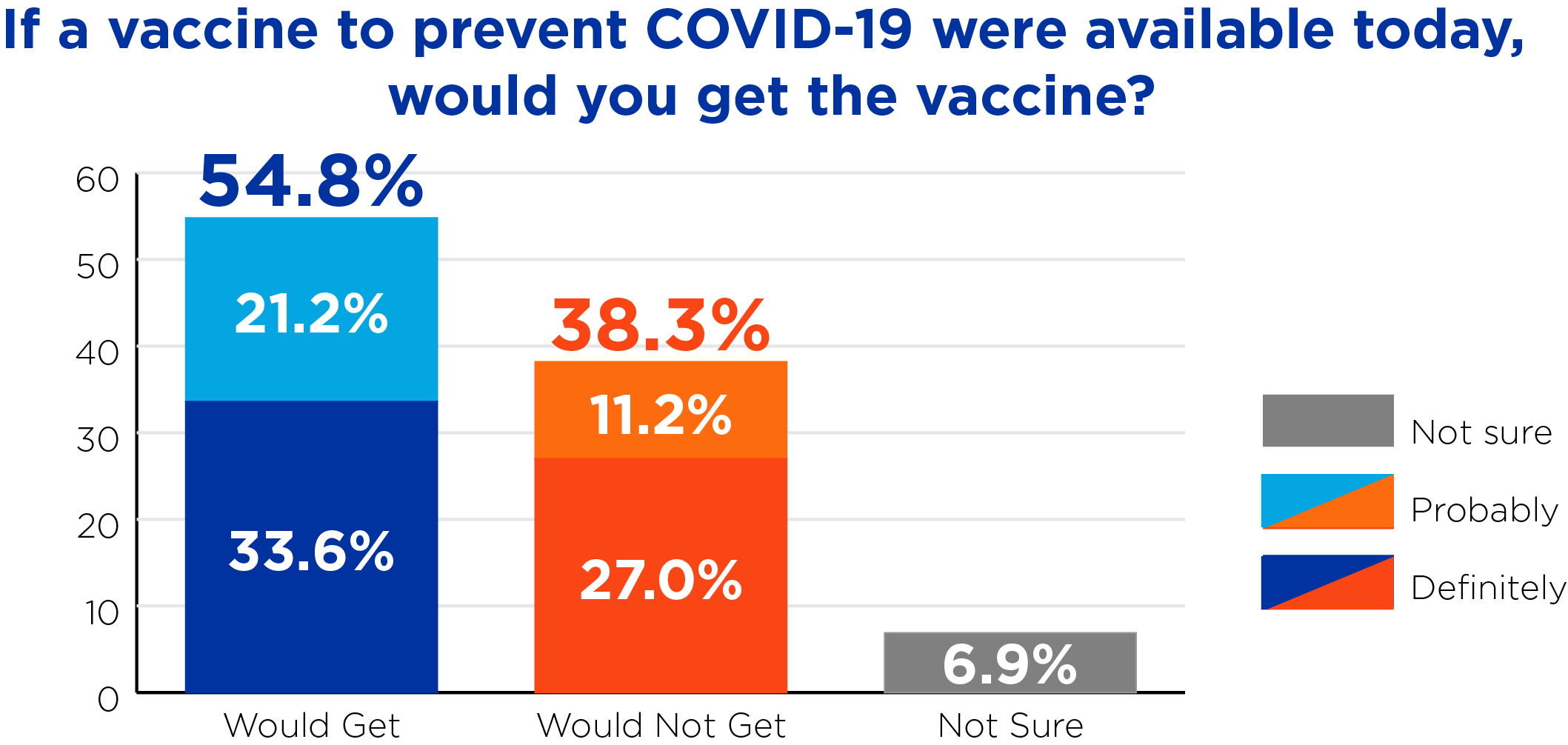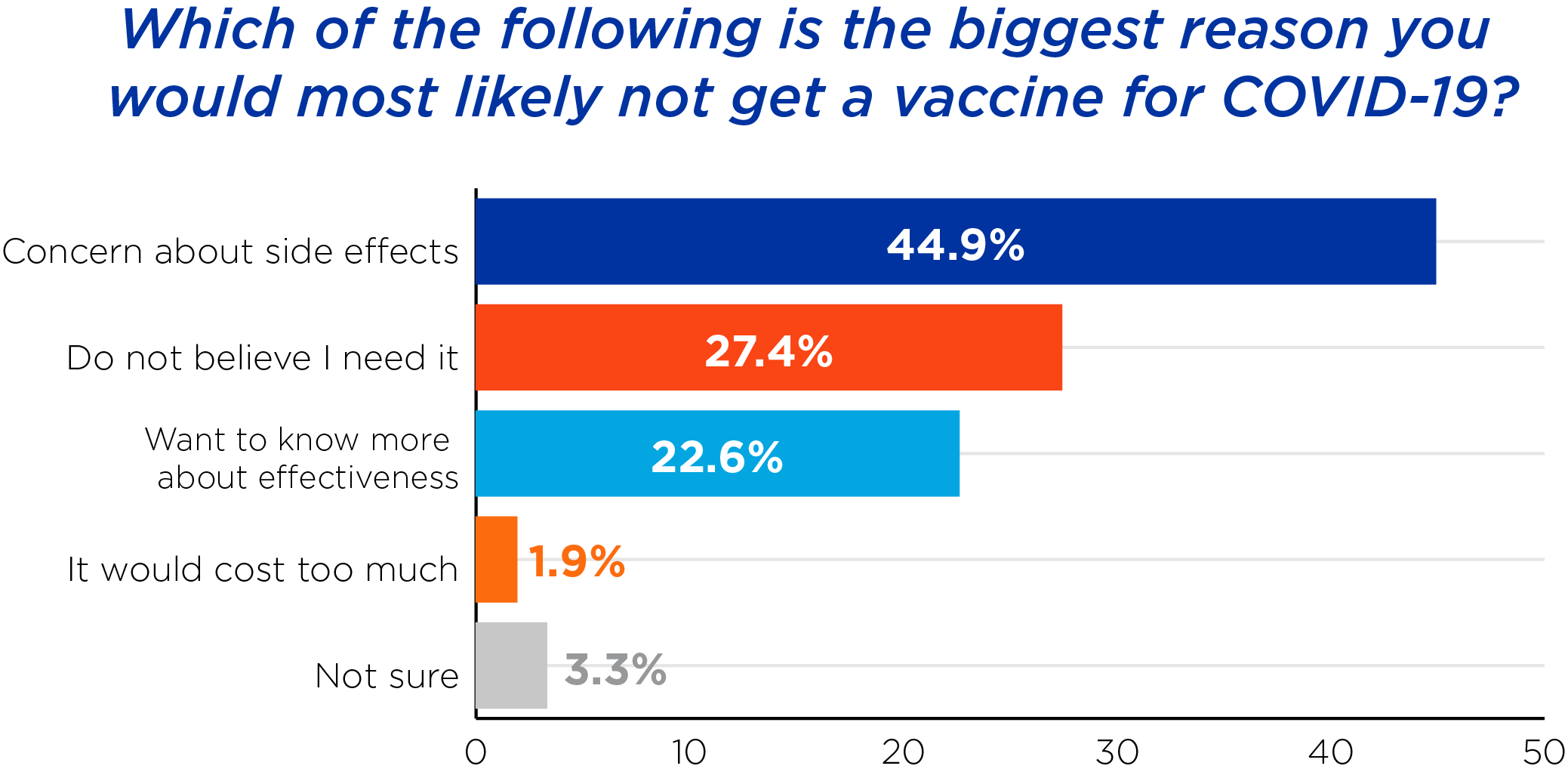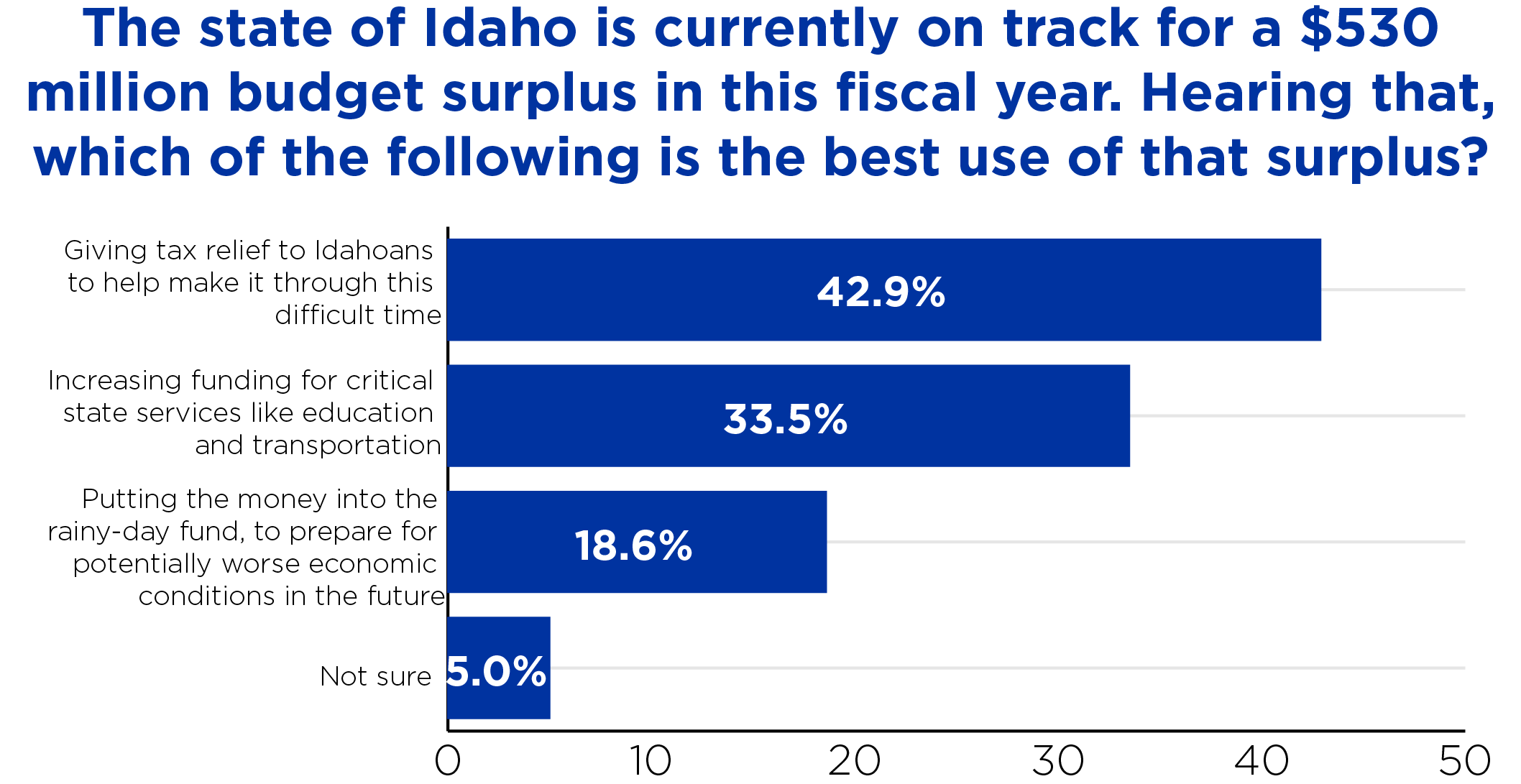Five Questions with Vanessa Fry and Jeffrey Lyons
In our “Five Questions” feature we ask scholars, activists, and public officials five short questions about their work (and other things).

Dr. Vanessa Crossgrove Fry serves as the Interim Director of the Idaho Policy Institute and is an Assistant Research Professor in the School of Public Service. Before joining the Idaho Policy Institute, Vanessa served as the Assistant Director for the Public Policy Research Center and Policy Innovation Fellow for the City of Boise where she conducted a feasibility assessment on using Pay for Success financing to address issues associated with chronic homelessness.

Professor Jeffrey Lyons is the School of Public Service Survey Director and an Assistant Professor of Political Science. His research focuses on American politics, specifically public opinion, political behavior, political psychology, and state politics.

The statewide survey has been conducted for several years now. What kinds of high-level, long-term trends are you seeing?
There are a few questions that we have been asking about consistently over the course of the last six years. One is asking people which issues they think are the most important for the Idaho Legislature to address. We have consistently seen education appear at the top of the list, along with jobs and the economy. This year 72% of Idahoans gave education a rating of 8-10 (on a scale where 1 is not at all important and 10 is extremely important). Given the highly partisan nature of public opinion these days, it’s also significant to note that majorities of Republicans, Democrats, and Independents view education as a very important issue.

Another one of the high-level questions we have been asking is whether Idahoans think that the state is headed in the right direction, or off on the wrong track. This is a common question used by survey researchers to gauge the general sentiment of the public about how things are going. We have consistently found that most Idahoans are pleased with the direction the state is headed in, though we saw the number who gave a positive assessment fall to 49% this year as compared to last year’s 56%. Although a majority of Republicans believe the state is headed in the right direction, Democrats are more pessimistic. This partisan difference is a common finding in other states as well, where we have a state government run by one party; people of the other party are much less positive about how things are going.
Read the Sixth Annual Public Policy Survey on the Boise State School of Public Service Website
You always ask questions on a particular set of topics every year, but 2020 presented special challenges and crises. How did current events change how you did the survey this year?
The goal of our survey work is always to provide data on the decisions and policies being discussed in Idaho. This means that there are some issues we always ask questions about such as taxes and education, and others that are more specific to a certain year. This year, the COVID-19 pandemic was one of those timely issues that we sought to provide public opinion data on. We reached out to members of the community who are making decisions and trying to tackle challenges – from those in healthcare to elected officials – about the kinds of questions they would like to have information on. From there we put together a group of COVID-19 questions asking Idahoans about their personal experiences with the virus, their attitudes about government policies relating to the pandemic, and their views on vaccination. Once we had the data back, we made an effort to quickly get these results to the people making decisions about the pandemic here in Idaho, since it has been a rapidly evolving situation. Our survey was in the field in early December, and we are presenting our results within the next week.
Were there findings from the survey that surprised you?
I don’t know that it necessarily surprised us, but finding that almost 38% of Idahoans would not get a COVID-19 vaccine if it were available to them is certainly going to present a challenge to our ability to manage the pandemic and get back to normal. We asked those who expressed that they would not get a vaccine what their biggest reason for that view was, and we found that a concern about side effects was at the top of the list. Public health experts think that we need a relatively high share of our population to get vaccinated in order to really slow the spread of the virus, and the numbers we are finding about who intends to get vaccinated are coming up short of those goals. That said, our survey was in the field prior to the vaccine becoming available. It is possible, now that it is being administered and Idahoans are seeing its impact locally, that those willing to get the vaccine may increase.

Generally speaking, you and the survey team spend a lot of time briefing decision-makers on the survey results. Is that the same this year?
Yes, it is! Every year we have been increasing the reach of our work by presenting to a wider range of audiences and a more diverse range of groups. We have had conversations about these results with a number of people, ranging from the Governor and leadership from both parties in the Legislature, to Idaho’s Congressional delegation and mayors from across the Treasure Valley. We continue this work throughout the year, often presenting to a number of different intergovernmental associations such as COMPASS or the Treasure Valley Partnership, as well as those in the non-profit sector who are tackling these same problems.
Does the survey suggest to you any areas of public concern that might be on the horizon, looking forward?
Beyond the immediate challenge of managing the COVID-19 pandemic, I think we see a consistent tension in public opinion between a desire for increased investment in some areas such as K-12 education, and a desire for tax relief. Both of these goals are fairly popular with Idahoans. When we asked people this year about how to spend our projected budget surplus, the most common response was to give tax cuts, and the next most common response was to invest in critical state services like education and transportation. As a state we are in an envious position to have such a surplus and even be asking these questions, but how leaders strike a balance between a desire for more investment in some arenas while simultaneously cutting taxes is likely to be a challenging conversation moving forward.
